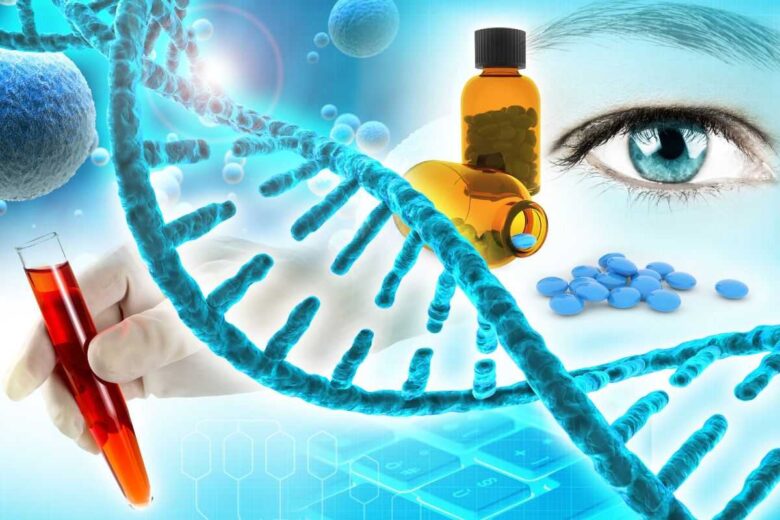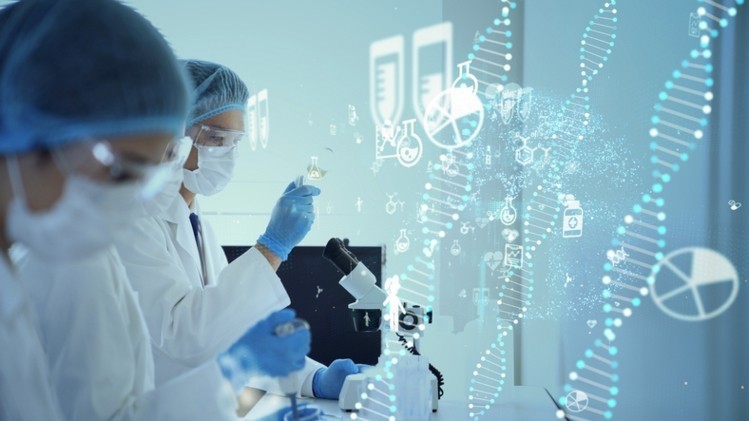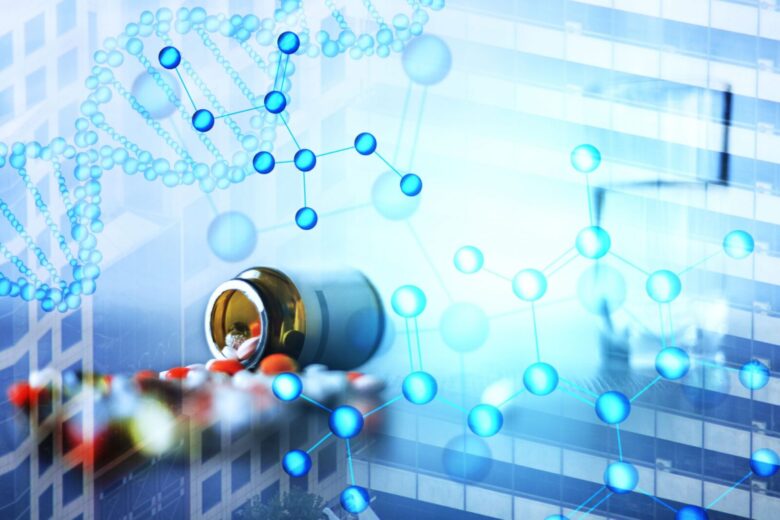The biopharmaceutical industry represents a convergence of biological sciences and pharmaceutical technologies, leading to groundbreaking advancements in drug development and treatment options. By harnessing the principles of biology and the tools of pharmaceutical science, biopharma companies are creating innovative therapies that address complex diseases and improve patient outcomes. This article explores the key elements of biopharma, highlighting how the industry bridges the gap between biology and pharmaceuticals.
The Rise of Biopharmaceuticals

Biopharmaceuticals, or biologics, are drugs derived from biological sources rather than traditional chemical synthesis. These include products such as monoclonal antibodies, vaccines, and gene therapies. Unlike conventional pharmaceuticals, which are often small molecules, biologics are typically large, complex molecules or mixtures of molecules.
The development of biologics involves a deep understanding of biological systems and the use of advanced biotechnological methods. For instance, monoclonal antibodies are engineered to target specific proteins involved in disease processes, providing precise therapeutic effects. As noted by The New England Journal of Medicine, these biologics have revolutionized the treatment of various conditions, including cancer and autoimmune diseases.
Innovations in Drug Development
One of the significant advancements in biopharma is the application of cutting-edge technologies to streamline drug development. High-throughput screening, computational biology, and systems biology are transforming the way researchers discover and develop new drugs.
High-throughput screening (HTS) allows scientists to rapidly evaluate thousands of compounds for potential therapeutic effects, accelerating the discovery of new drug candidates. Computational biology and bioinformatics enable researchers to analyze large datasets and model biological processes, leading to more informed drug development strategies. According to Pharmaceutical Technology, these innovations are speeding up the development process and improving the success rates of new drug approvals.
Biomanufacturing and Production
The production of biopharmaceuticals requires specialized manufacturing processes that ensure the safety, efficacy, and quality of the final product. Biomanufacturing involves the use of living cells to produce therapeutic proteins, which are then purified and formulated into drug products.
Advanced manufacturing techniques, such as continuous bioprocessing and cell line engineering, are enhancing the efficiency and scalability of biopharmaceutical production. Continuous bioprocessing allows for uninterrupted production, reducing downtime and improving yield. Cell line engineering involves optimizing cell lines to produce higher quantities of therapeutic proteins with consistent quality. For those seeking reliable solutions in this area, DIANT Pharma offers expertise in biomanufacturing, providing essential support for the production of high-quality biologics.
Integrating AI and Machine Learning in Biopharma

Artificial intelligence (AI) and machine learning (ML) are revolutionizing the biopharmaceutical industry by providing powerful tools to analyze complex biological data and accelerate the drug discovery process. These technologies enable biopharma companies to predict drug interactions, optimize clinical trials, and identify potential drug candidates more efficiently than traditional methods.
One significant application of AI in biopharma is in drug repurposing, where existing medications are analyzed for potential new therapeutic uses. By analyzing vast amounts of biological and chemical data, AI algorithms can identify previously unknown drug-target interactions, offering new avenues for treatment. This approach not only reduces development costs but also shortens the time to market for new therapies.
Machine learning models are also being used to improve patient stratification in clinical trials. By analyzing patient data, ML can help identify subsets of patients who are more likely to respond to a specific treatment, thereby increasing the chances of clinical trial success. This personalized approach to patient selection reduces trial costs and accelerates the development of targeted therapies.
Moreover, AI and ML are enhancing biomanufacturing processes by optimizing production workflows and predicting potential bottlenecks or quality issues. These predictive analytics tools ensure consistent product quality and improve manufacturing efficiency, which is crucial for scaling up the production of complex biologics. As highlighted by a recent report from MIT Technology Review, the adoption of AI-driven solutions in biopharma is expected to grow, further transforming drug development and production processes.
Regulatory Considerations and Challenges
The biopharmaceutical industry operates under strict regulatory oversight to ensure the safety and efficacy of new therapies. Regulatory agencies such as the U.S. Food and Drug Administration (FDA) and the European Medicines Agency (EMA) have established rigorous standards for the approval of biologics.
Navigating the regulatory landscape can be challenging, as it involves complex processes such as clinical trials, regulatory submissions, and post-market surveillance. Compliance with these regulations is crucial for ensuring that biopharmaceutical products meet the required safety and efficacy standards. According to The Lancet, regulatory frameworks are continually evolving to address new scientific developments and ensure the safe introduction of innovative therapies.
Personalized Medicine and Genomics
Personalized medicine is a key focus area within the biopharmaceutical industry, aiming to tailor treatments to individual patients based on their genetic and molecular profiles. Advances in genomics and molecular biology are enabling the development of targeted therapies that address the specific needs of patients.
By analyzing genetic variations and molecular biomarkers, researchers can identify the most effective treatments for individual patients and predict their response to therapies. This approach not only enhances treatment efficacy but also minimizes adverse effects. Personalized medicine is poised to transform the treatment of various diseases, offering more precise and effective therapeutic options.
Future Directions in Biopharma

As the biopharmaceutical industry continues to evolve, several trends and innovations are expected to shape its future. Emerging areas such as gene editing, regenerative medicine, and advanced therapies are likely to drive significant advancements.
Gene editing technologies, such as CRISPR-Cas9, hold promise for treating genetic disorders by directly modifying DNA sequences. Regenerative medicine aims to restore or replace damaged tissues and organs using stem cells and tissue engineering. Advanced therapies, including cell and gene therapies, are offering new treatment options for previously untreatable conditions. Staying abreast of these developments will be crucial for scientists and researchers working in the biopharma sector.
In conclusion, the biopharmaceutical industry is bridging the gap between biology and pharmaceuticals through innovative technologies and advanced manufacturing processes. By integrating biological sciences with pharmaceutical development, biopharma companies are driving progress in drug discovery, production, and personalized medicine. As the field continues to advance, embracing these innovations will be essential for improving patient outcomes and addressing the challenges of modern healthcare.

